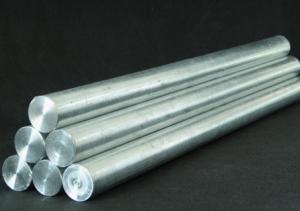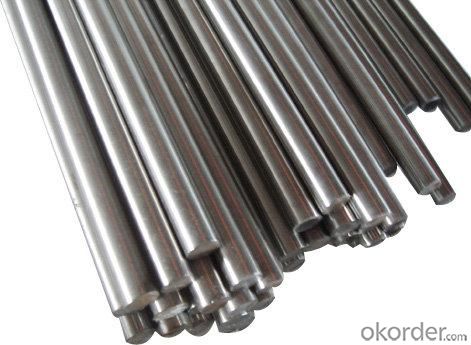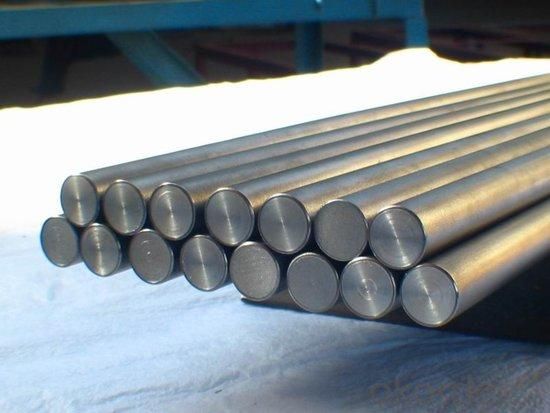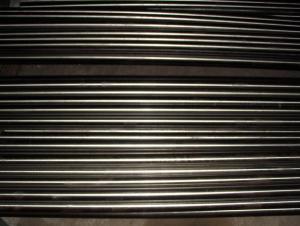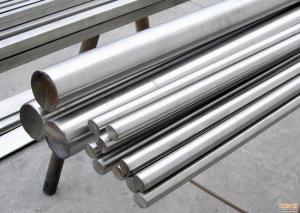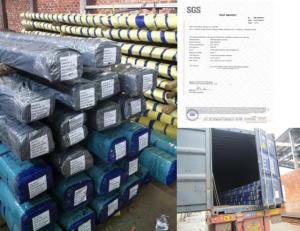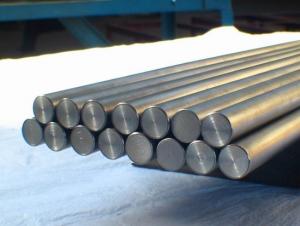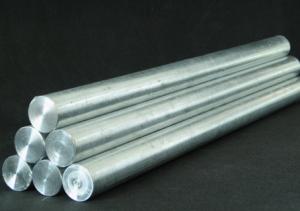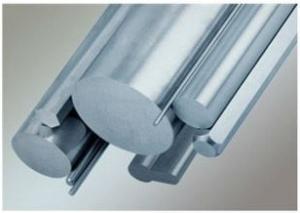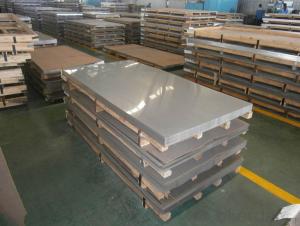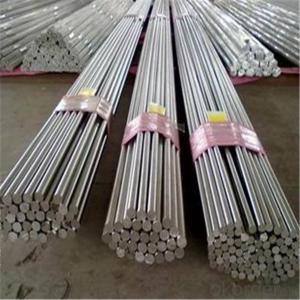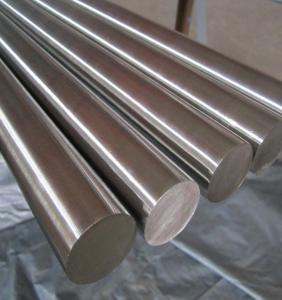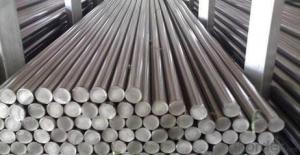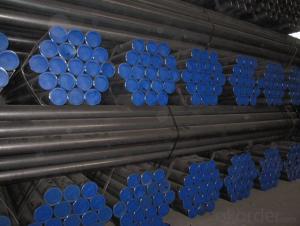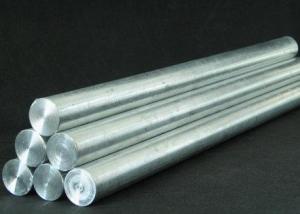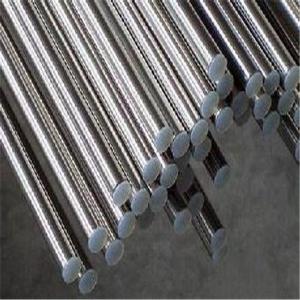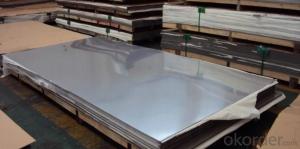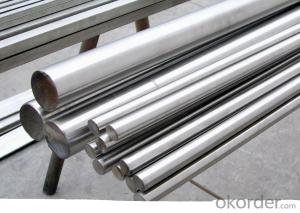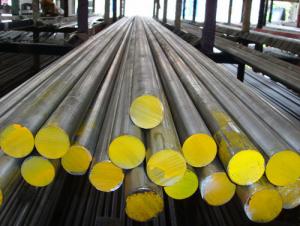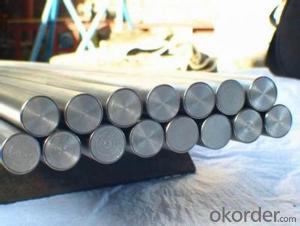310S Stainless Steel Bar
- Loading Port:
- China Main Port
- Payment Terms:
- TT or LC
- Min Order Qty:
- 5 Tons m.t.
- Supply Capability:
- 1000 Tons Per Month m.t./month
OKorder Service Pledge
OKorder Financial Service
You Might Also Like
Stainless Steel Bar
Stainless Steel Round Bright Bar
Hot-rolled Stainless Steel Black Bar
Grades:201、202、301、302、303、304、316、316L、321 etc
|
Diameter (mm) |
weight (kg/m) |
Diameter (mm) |
weight (kg/m) |
Diameter (mm) |
weight (kg/m) |
Diameter (mm) |
weight (kg/m) |
|
2 |
0.025 |
14 |
1.221 |
30 |
5.607 |
50 |
15.575 |
|
3 |
0.056 |
15 |
1.402 |
32 |
6.38 |
55 |
18.846 |
|
4 |
0.1 |
16 |
1.595 |
34 |
7.202 |
60 |
22.428 |
|
5 |
0.156 |
18 |
2.019 |
35 |
7.632 |
65 |
26.322 |
|
6 |
0.224 |
19 |
2.249 |
36 |
8.074 |
70 |
30.527 |
|
7 |
0.305 |
20 |
2.492 |
38 |
8.996 |
75 |
35.044 |
|
8 |
0.399 |
22 |
3.015 |
40 |
9.968 |
80 |
39.872 |
|
9 |
0.505 |
24 |
3.588 |
42 |
10.99 |
85 |
45.012 |
|
10 |
0.623 |
25 |
3.894 |
45 |
12.616 |
90 |
50.463 |
|
11 |
0.754 |
27 |
4.542 |
46 |
13.183 |
95 |
56.226 |
|
12 |
0.897 |
28 |
4.884 |
48 |
14.354 |
100 |
62.3 |
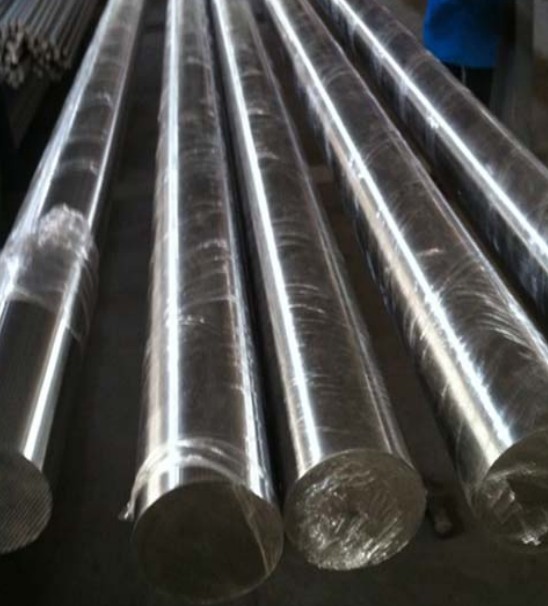
- Q: Can stainless steel bars be used in elevator components?
- Elevator components can incorporate stainless steel bars, which are favored for their numerous desirable qualities. Stainless steel possesses high strength, resistance to corrosion, and durability, rendering it appropriate for diverse elevator parts. Stainless steel bars find application in elevator components like guide rails, brackets, handrails, and support structures, all of which are pivotal for the secure and seamless functioning of elevators. These bars furnish the necessary strength and stability to bear the weight of both the elevator car and its occupants. Furthermore, stainless steel's corrosion resistance assumes paramount importance in elevator settings, where exposure to elements like moisture, humidity, and chemicals is common. By thwarting rusting, stainless steel helps extend the lifespan of elevator components. The use of stainless steel bars in elevator components also offers an aesthetic advantage. Stainless steel imbues elevators with a sleek and contemporary appearance, thereby enhancing their visual appeal. Additionally, stainless steel can be effortlessly cleaned and maintained, ensuring that elevators remain in pristine condition. To conclude, stainless steel bars can undoubtedly be employed in elevator components. Their high strength, resistance to corrosion, durability, and aesthetic appeal render them a suitable choice for various elevator parts, thereby guaranteeing the safe and dependable operation of elevators.
- Q: Can stainless steel bars be bent?
- Stainless steel bars are indeed capable of being bent. The strength and durability of stainless steel are widely recognized, allowing it to be effortlessly shaped and altered into diverse forms, such as bent angles. Nevertheless, it is essential to acknowledge that the ease of bending stainless steel bars is contingent upon their thickness and the specific grade of stainless steel employed. When dealing with thicker bars, greater force and specialized equipment might be necessary in order to achieve the intended bend. Moreover, it is crucial to exercise caution when attempting extreme or sharp bends, as they may result in the cracking or weakening of the stainless steel. Hence, when manipulating stainless steel bars, it is of utmost importance to utilize proper techniques and tools.
- Q: Can stainless steel bars be used in the manufacturing of process piping?
- Yes, stainless steel bars can be used in the manufacturing of process piping. Stainless steel is known for its high resistance to corrosion, making it an ideal material for process piping in industries such as oil and gas, chemical, and food processing. Stainless steel bars are often used to fabricate pipe fittings, flanges, and other components for process piping systems. The properties of stainless steel, including its strength, durability, and ability to withstand high temperatures and pressures, make it a reliable choice for process piping applications. Additionally, stainless steel bars can be easily welded and formed into various shapes and sizes, allowing for customization to meet specific project requirements.
- Q: Are stainless steel bars resistant to hydrogen-induced cracking?
- Stainless steel bars possess a remarkable ability to resist hydrogen-induced cracking, also recognized as hydrogen embrittlement. The corrosion resistance of stainless steel is widely acknowledged, encompassing its resistance to hydrogen embrittlement. When hydrogen atoms permeate the metal and render it brittle and prone to cracking under stress, hydrogen-induced cracking ensues. Nevertheless, stainless steel exhibits a strong attraction to hydrogen, and the presence of alloying elements in stainless steel aids in minimizing or preventing the diffusion of hydrogen atoms into the metal structure. Consequently, stainless steel bars exhibit exceptional resistance to hydrogen-induced cracking, rendering them suitable for applications where exposure to hydrogen or hydrogen-containing environments is a concern.
- Q: Are stainless steel bars suitable for water treatment plants?
- Yes, stainless steel bars are suitable for water treatment plants. Stainless steel is highly corrosion-resistant and can withstand the harsh conditions and chemicals present in water treatment facilities. It is also easy to clean, hygienic, and has a long lifespan, making it an ideal choice for equipment and structures in water treatment plants.
- Q: How do you determine the size and length of a stainless steel bar?
- To determine the size and length of a stainless steel bar, you can follow a few simple steps. 1. Measure the diameter: Use a caliper or a ruler to measure the diameter of the stainless steel bar. Ensure that you measure at the widest point of the bar, as stainless steel bars can have varying dimensions along their length. 2. Measure the length: Use a measuring tape or a ruler to determine the length of the stainless steel bar. Make sure to measure from one end to the other, excluding any threaded or chamfered portions if applicable. 3. Check the specifications: If you have access to the manufacturer's specifications or product information, you can refer to those to determine the size and length of the stainless steel bar. These specifications often provide precise details about the dimensions and tolerances of the bar. 4. Consult a professional or reference guide: If you are unsure about how to accurately measure or determine the size and length of a stainless steel bar, it is always advisable to consult a professional or refer to a reliable reference guide. They can provide guidance and assistance in accurately determining the dimensions of the bar. Remember, stainless steel bars can come in various shapes and forms, such as round bars, square bars, or hexagonal bars. The measuring technique may slightly differ based on the specific shape of the bar, but the above steps should generally help you determine the size and length of a stainless steel bar.
- Q: Can stainless steel bars be used in acidic environments?
- Yes, stainless steel bars can be used in acidic environments. Stainless steel is known for its corrosion resistance, and this property is especially beneficial in acidic conditions. The presence of chromium in stainless steel forms a passive layer on the surface, which helps protect the metal from the corrosive effects of acids. This passive layer acts as a barrier, preventing the acid from penetrating the steel and causing damage. However, it is important to note that the corrosion resistance of stainless steel can vary depending on the specific grade and composition. In highly aggressive acidic environments, it may be necessary to use a more corrosion-resistant grade of stainless steel or apply additional protective coatings.
- Q: Are stainless steel bars resistant to sulfuric acid?
- Yes, stainless steel bars are generally resistant to sulfuric acid due to their high corrosion resistance properties.
- Q: Can stainless steel bars be used in electrical and electronic equipment?
- Yes, stainless steel bars can be used in electrical and electronic equipment. Stainless steel is known for its excellent corrosion resistance, high strength, and durability, making it suitable for various applications including those in the electrical and electronic industry. Stainless steel bars can be used as structural components, connectors, or conductive elements in electrical and electronic equipment. They are often used to provide support and reinforcement in circuit boards, power distribution systems, and enclosures. Furthermore, stainless steel bars can also serve as grounding conductors due to their electrical conductivity properties. They can effectively dissipate electrical charges and prevent the buildup of static electricity, which is crucial in sensitive electronic devices. In addition to their electrical properties, stainless steel bars also offer other advantages in this context. They are resistant to moisture, humidity, and other environmental factors that can potentially damage or affect the performance of electrical and electronic equipment. Stainless steel is also easy to clean and maintain, ensuring longevity and reliability in these applications. Overall, stainless steel bars are a suitable material for electrical and electronic equipment due to their corrosion resistance, strength, conductivity, and other beneficial properties.
- Q: Are stainless steel bars suitable for laboratory equipment?
- Yes, stainless steel bars are suitable for laboratory equipment due to their corrosion resistance, durability, and high strength-to-weight ratio.
1. Manufacturer Overview
| Location | Jiangsu, China |
| Year Established | 2010 |
| Annual Output Value | above US$8 million |
| Main Markets | East Asia, Middle East, West Europe |
| Company Certifications |
2. Manufacturer Certificates
| a) Certification Name | |
| Range | |
| Reference | |
| Validity Period |
3. Manufacturer Capability
| a) Trade Capacity | |
| Nearest Port | Shanghai |
| Export Percentage | |
| No.of Employees in Trade Department | above 50 people |
| Language Spoken: | English, Chinese, Arabic |
| b) Factory Information | |
| Factory Size: | about 15000 square meter |
| No. of Production Lines | above 4 |
| Contract Manufacturing | OEM Service Offered,Design Service Offered |
| Product Price Range | Average |
Send your message to us
310S Stainless Steel Bar
- Loading Port:
- China Main Port
- Payment Terms:
- TT or LC
- Min Order Qty:
- 5 Tons m.t.
- Supply Capability:
- 1000 Tons Per Month m.t./month
OKorder Service Pledge
OKorder Financial Service
Similar products
Hot products
Hot Searches
Related keywords
